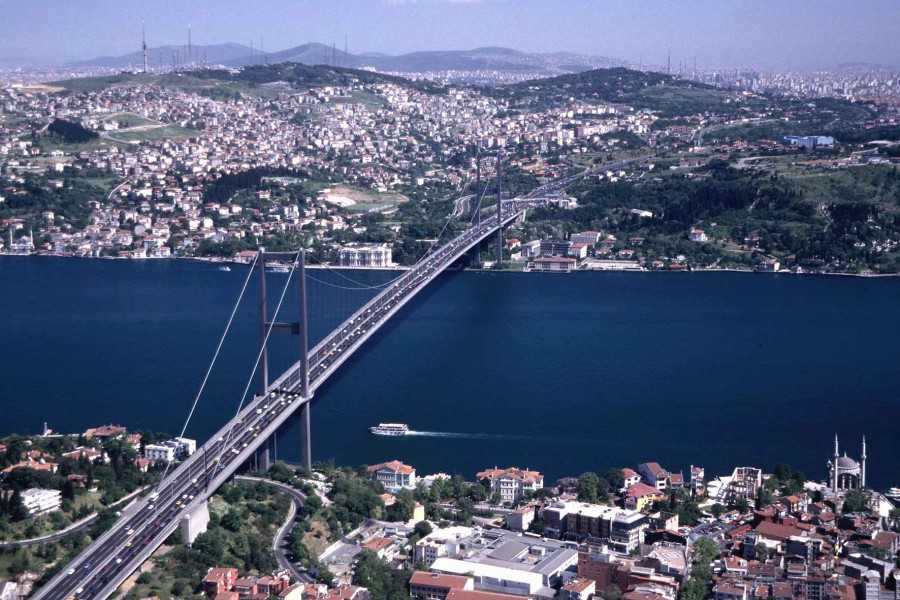TEHRAN, Sept. 12 (MNA) — “Art of Islamic World: From Turkey to Indonesia” exhibition is currently underway at the Istanbul’s Asian Art Museum that will run through March 1.
Ranging from the tenth to the twenty-first century, the sixty works of art include paintings, manuscripts, ceramics, textiles, metal wares, historic photographs, and puppets.
The artworks are from Turkey, Syria, Iraq, Iran, Afghanistan, Pakistan, India, China, Indonesia, and the Philippines and many are on display for the first time.
One of the ceramic pieces on display is a large blue-and-white dish from Iran dated 1650-1670, which might be thought at first glance to be Chinese. During the Safavid empire (1501-1722), Persia and China had admired each other’s artwork and luxury goods for many centuries, and both had at various times adopted forms and motifs from each other’s creations.
The early 1600s—the last decades of the Ming dynasty—Chinese production was disrupted by natural disasters and social disorder. Persian ceramic factories seized the opportunity and geared up production to satisfy the enormous demand for large, splendid blue-and-white dishes. Persian artisans did not have the materials or China’s technical secrets for making true porcelain, but they managed to make credible imitations.
The exhibition also is timed to coincide with the publication of the museum catalog, “Persian Ceramics: From the Collections of the Asian Art Museum”, scheduled for release in mid-September.
SB/YAW
END
MNA
Source : mehr news agency
